In the heart of rural India, innovation and eco-friendly practices are becoming the keystones of sustainable development, empowering entrepreneurs and transforming communities. Despite the significant strides in infrastructure like internet and electricity, many rural areas still grapple with a lack of guidance, financial support, and technological integration. This challenge is evident as India's rural unemployment rate reached an eight-month high in June 2024. Yet, hope is emerging through the efforts of organizations like the Srinivasan Services Trust (SST).
SST is not just addressing these challenges; it is creating a roadmap for a sustainable future by educating and empowering rural communities. One shining example of this transformation is Sagar Jadhav from Pune's Dhamni village, whose journey from a driven youth to a community leader showcases the impact of SST's work. Through his leadership and collaboration with SST, Dhamni village has witnessed remarkable changes, from women's empowerment and heritage preservation to water conservation and agricultural innovation.
In this interview with TheCSRUniverse, Sagar Jadhav delves into the tangible changes in his village, the challenges overcome, and the innovative practices that are paving the way for sustainable development in rural India. It serves as a powerful testament to the potential of rural entrepreneurship when coupled with the right support and vision.
Scroll down to discover how one village's journey is changing lives and inspiring hope for a sustainable future.
Q&A
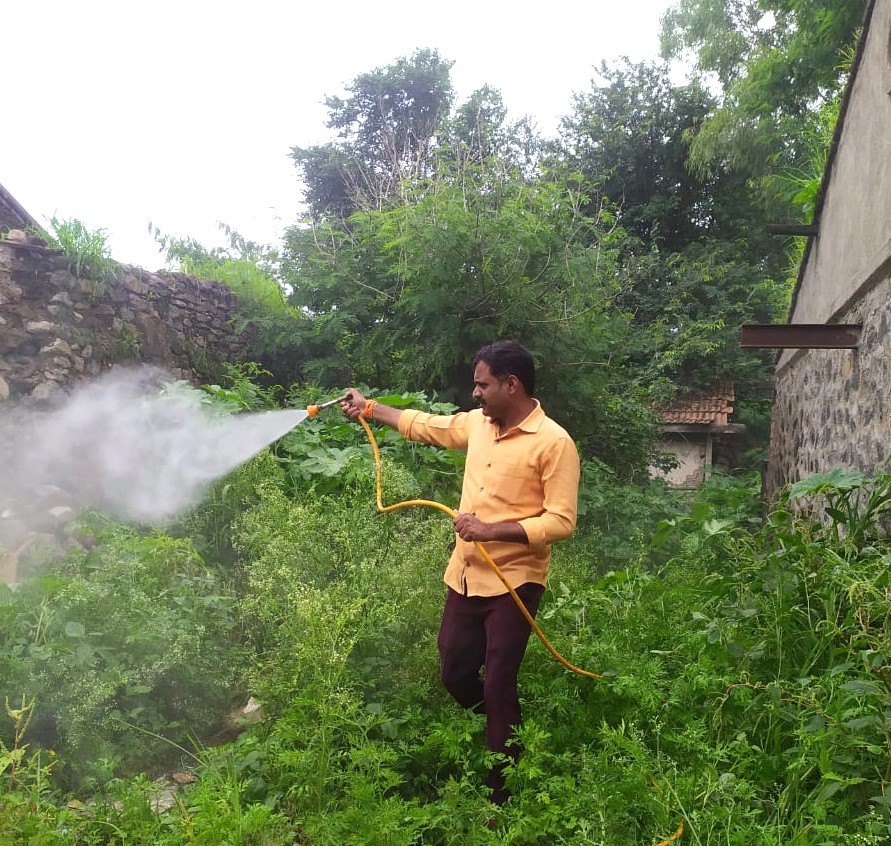 Q. How has your village transformed since collaborating with SST? What noticeable changes have occurred?
Q. How has your village transformed since collaborating with SST? What noticeable changes have occurred?
A. It is a real pleasure to work with SST. All officers and coordinators of SST work very honestly. They are determined to develop the village. Earlier, we were known as a drought-stricken village, but SST deepened the drainage and guided the farmers. After this, the drought situation of the village has changed. I think SST has played a significant role in the overall development of the village. There were various problems in the village, including issues like toilets in schools, the health of students, lack of proper guidance for self-help group women, and water scarcity. SST conducted proper guidance meetings and taught the farmers how to farm in a modern way. Now, the farmers are increasingly inclined towards modern agriculture.
Q. What were the biggest challenges your village faced before SST’s intervention, and how did they help you overcome them?
A. As our village is in a rural area, there were various problems. SST has worked to overcome those problems by taking appropriate measures. The problems they worked on to solve are as follows:
• Tried to remove the drought from the village by carrying out watershed development works.
• Built a new toilet in the primary school.
• Renovated the primary school, including painting, repairs, drinking water filter installation, retaining wall construction, and kitchen repair.
• Organized village health checkup camps, dental checkups, cleanliness programs, and gatherings for adolescent girls.
• Repaired and painted the Anganwadi, and made arrangements for drinking water.
• Established women's self-help groups, provided bank loans, and assisted in starting small and large businesses, as well as in accessing government schemes and grants.
• Provided foodgrain kits to 42 families when poor families in the village were starving during Corona.
• Conducted public awareness lessons, organized agricultural fairs, and promoted organic farming methods, compost pits, and farmers' study tours.
SST has overcome these problems and developed the village holistically.
Q. How have the training sessions and study tours empowered women in your village? Can you share some success stories?
A. Training sessions and study tours were organized as follows:
• Demonstration of sewing clothes on sewing machines.
• Micro designing.
• Beauty parlour training.
• Demonstration of learning to drive a four-wheeler.
Study tours were organized by visiting famous flower farms and nurseries at Navlakh Umbre. These initiatives have helped women support their families more effectively.
Q. What environmental initiatives has your village undertaken, and how have they impacted the community?
A. Seven to eight thousand trees have been planted through tree plantation activities to maintain the environmental balance in Dhamani village. These were mainly indigenous trees to complement the environment.
Q. Water scarcity was a major issue in your village. What innovative water conservation measures have you implemented, and what impact have they had?
A. Dhamani village was known as a drought-prone area due to a lack of water. However, in 2014-15, under the Jalyukta Shivar Yojana of the Maharashtra Government, 20 cement dams were constructed on both streams in the village. Additionally, Continuous Contour Trenches (CCTs) were implemented on 63 hectares, and 50-60 farms were created, emphasizing water conservation. The state government recognized these efforts, and our village earned the third rank in the water conservation department competition. The reputation of our village increased, and the government encouraged farmers to participate in the drip irrigation scheme to save water. As a result, a maximum number of farmers are now conserving water through drip irrigation. Today, Afali village is known as "Panidar Gaav" (a village having ample water). SST has done valuable work related to water by deepening drainage channels, organizing awareness camps on water usage, and contributing significantly to water conservation.
Q. How did SST help your village combat poverty, and what new opportunities were created as a result?
A. By conducting a survey of the poor families in the village, those families were helped to start small-scale businesses by accessing financial schemes from the government. SST also assisted many youths in obtaining cars for transport businesses by recommending them to banks, credit institutions, and providing loans.
Q. What new businesses and industries have emerged in your village since working with SST, and how have they contributed to economic growth?
A. It is necessary to implement new projects for the overall development of the village. The main business of farmers in Dhamani village is the dairy business. Thus, they started their branches in the village by contacting good and reputed dairies. Due to this, farmers are getting a good market price for milk.
Q. How have you helped increase employment opportunities in your village, and what are your future plans to continue this growth?
A. By organizing employment fairs, various companies were informed about the unemployed youth of the village. Many of these youths have secured good jobs and are now supporting their families. Many women were encouraged to start businesses like bag packing, poultry farming, and cow husbandry.
Q. What advice would you give to the youth in your community to inspire them to take an active role in village development?
A. Youth are the backbone of our country, India. The proportion of youth in our population is high. Youth should stand on their own feet and support their families properly. While doing that, they should also make time for the community. Don’t have any expectations while socializing. Society recognizes the right work done by us. Therefore, one should move with the mantra of determination, persistence, and hard work. National interest should be given importance. Don’t support what is wrong in society.



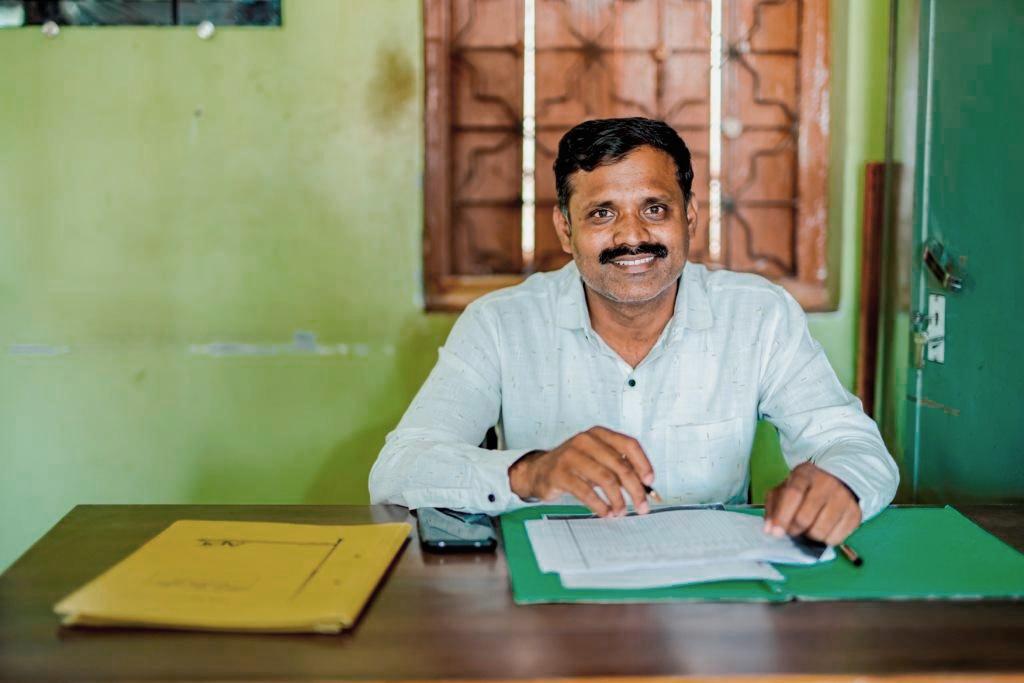
 Q. How has your village transformed since collaborating with SST? What noticeable changes have occurred?
Q. How has your village transformed since collaborating with SST? What noticeable changes have occurred?



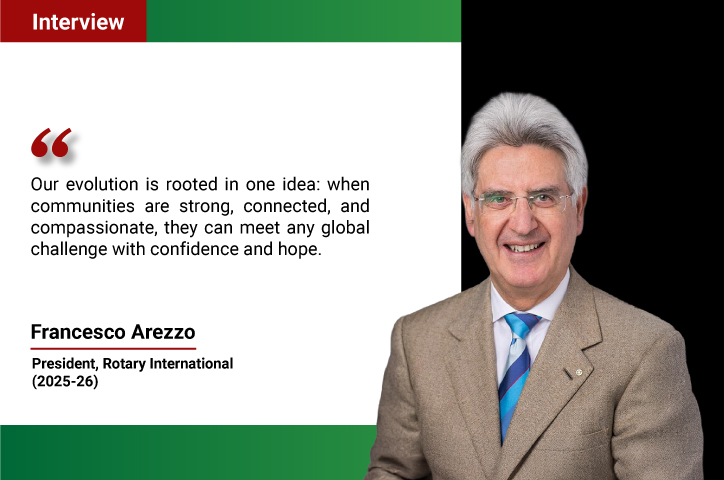
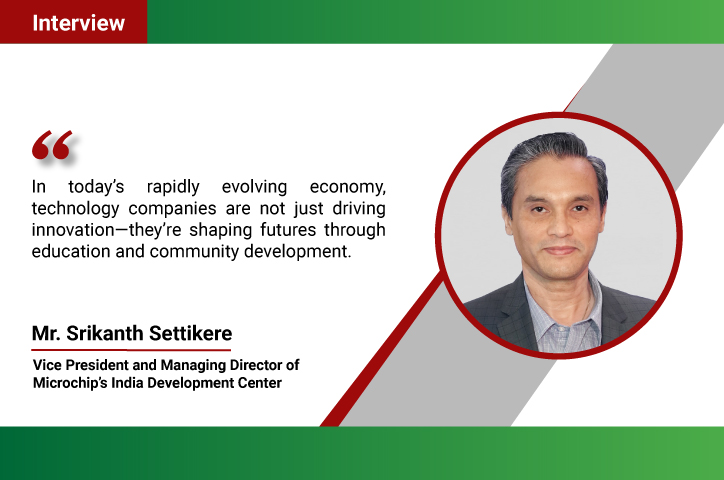
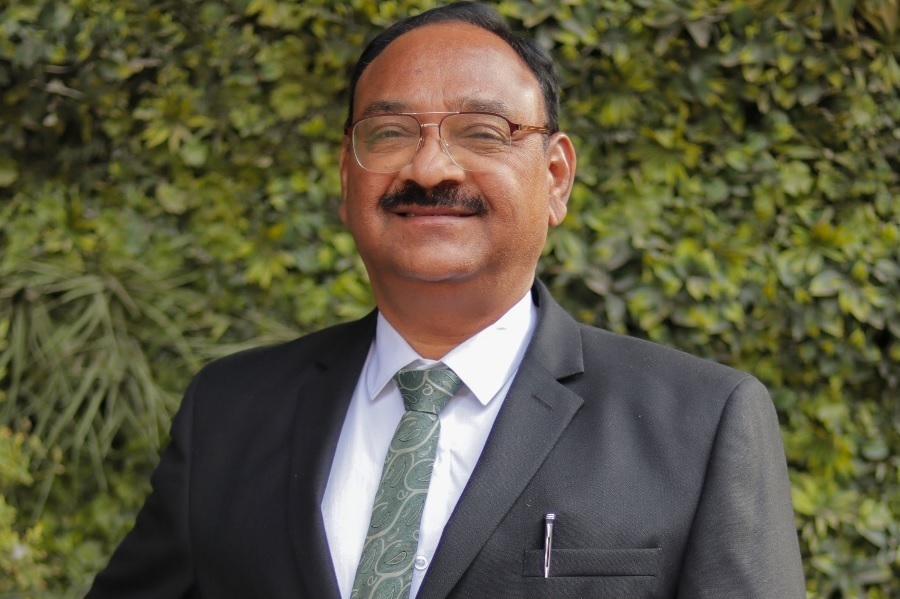
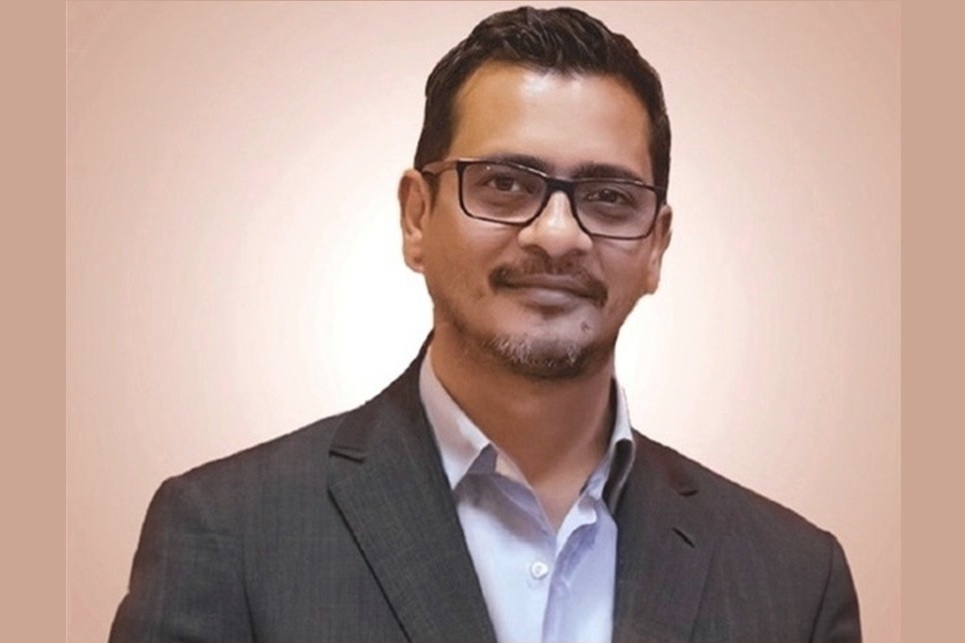



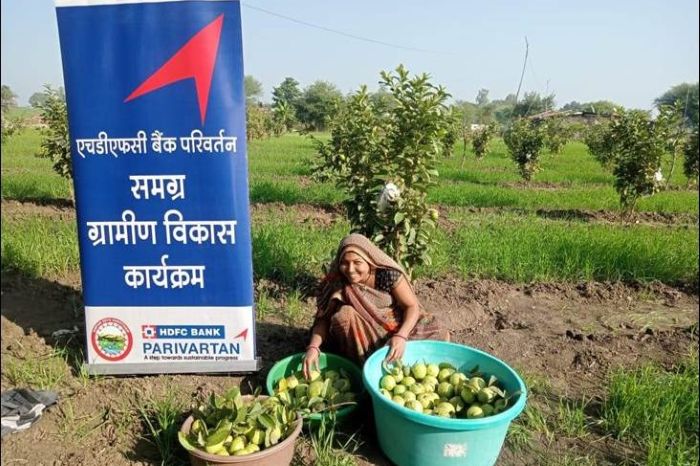
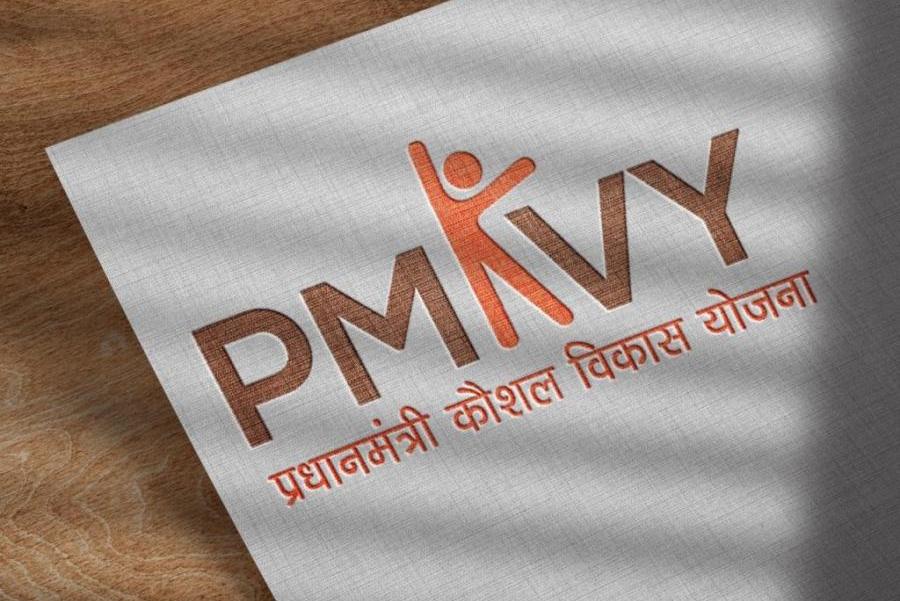

.jpg)




